Let’s go to Berlin
One on my favourite cities in Europe. Here’s a few sights to get you started. Let’s go.
Brandenburg Gate
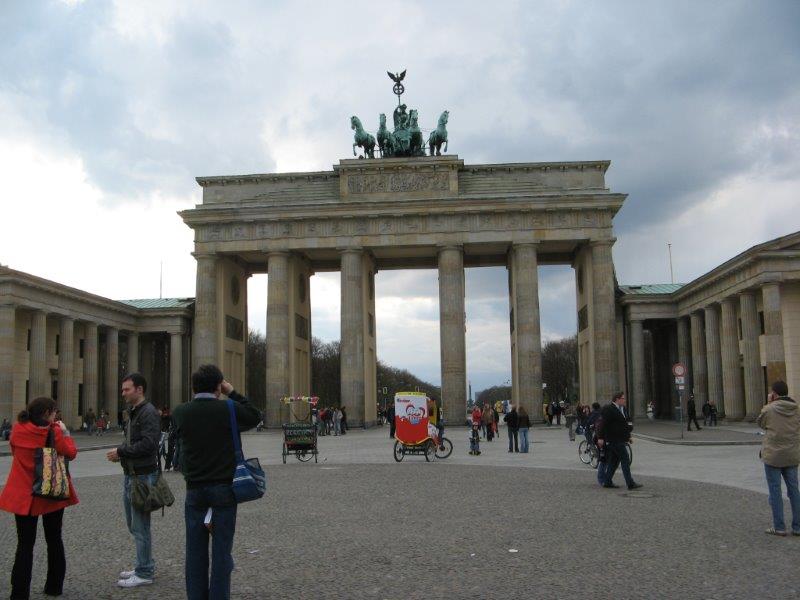
Probably no other place in Berlin, or even Germany can be more synonymous with a city than the Brandenburg Gate is to Berlin. Situated a block from the Reichstag and at the juction of Unter Den Linden and Ebertstrasse it is the only remaining gate by which citizens once entered Berlin. It was built by Carl Gotthard Langhans between 1788-1791. Amazingly it was still standing after the end of the 2nd World War
The Topography of Terror Museum
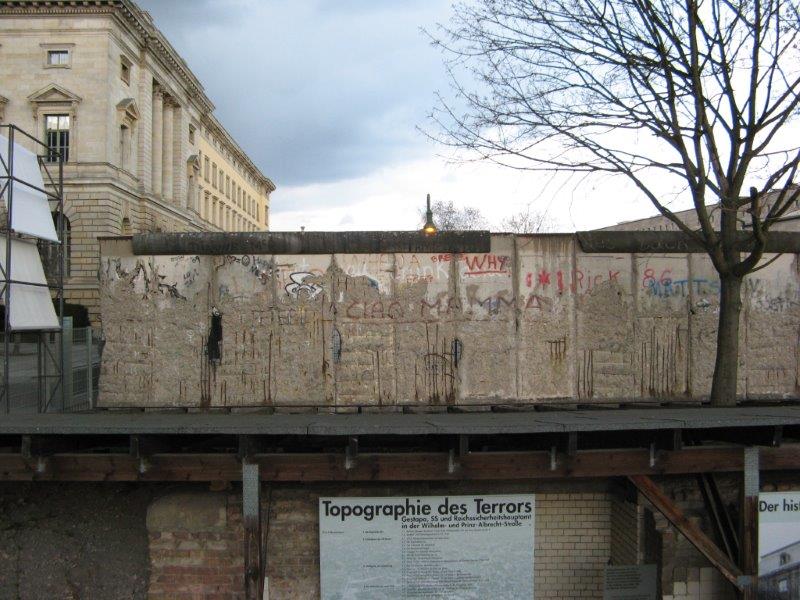
The Topography of Terror Museum located in Niederkirchnerstrasse has two things going for it that will appeal to history buffs. Firstly the museum is located on the former site of the infamous Gestapo and SS Headquarters and secondly the boundary of the museum lies at what was once the Soviet and American sectors of Berlin. The museum opened in 1987, partly as a memorial. The excavation of the site brought to light many political prisoners of the Third Reich who had been tortured and killed in the cellars on this very site. Today it chronicles the history of the Third Reich from 1933-1945 with many graphic pictures from the time.
Checkpoint Charlie
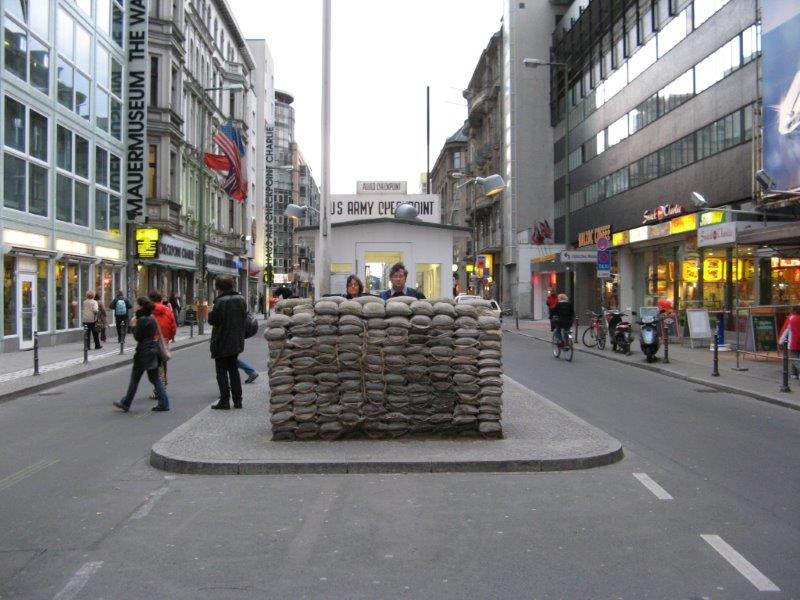
Checkpoint Charlie was a symbol of the cold war. The checkpoint was so named by the western allies. Between 1947-1991 it was the main crossing point between east and west Berlin. In 1961 Soviet and American tanks once faced each other on what became known as the Berlin Crisis. There is an excellent museum dedicated to the wall with lots of interesting facts and stories next to the checkpoint
The Holocaust Memorial
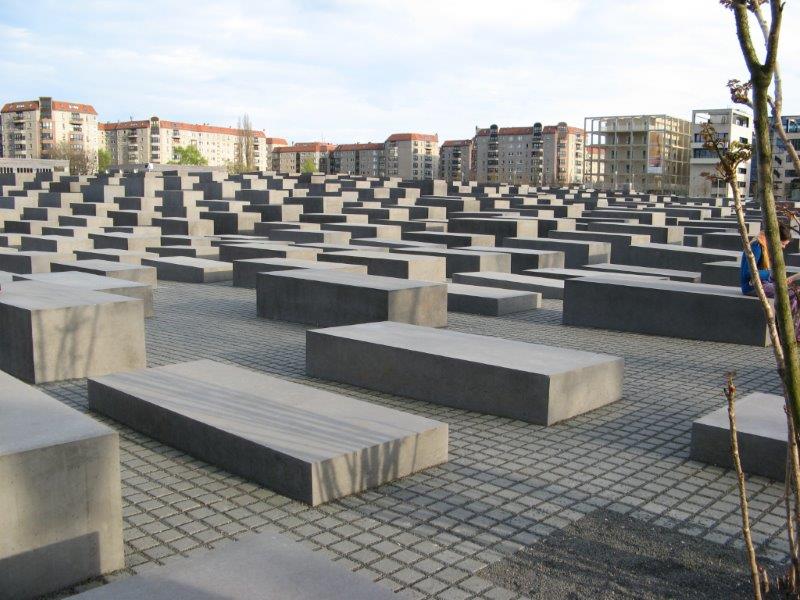
This memorial to the murdered Jews of Europe is located just a block from Brandenburg gate. It covers an area of 19,000 sq meters and has 2,711 concrete slabs of differing heights and widths. They are set out in rows with 54 rows going north-south and 87 east-west. The memorial was completed in 2004 and inaugurated on May 10 to mark 60 years to the end of the 2nd world war.
The Jewish Museum
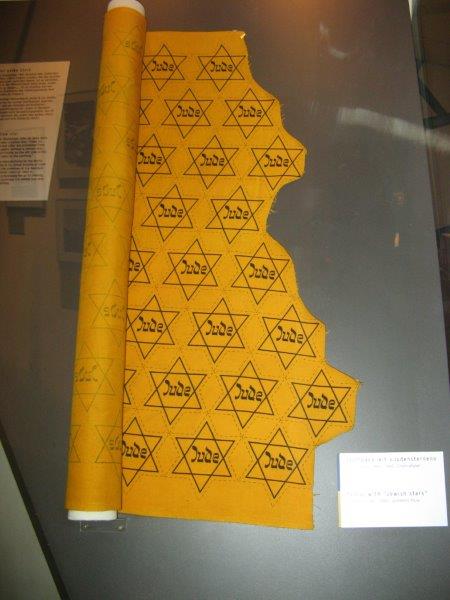
On the same theme a visit to the Jewish Museum is well worth a visit. It chronicles not just the atrocities committed by the Nazism but looks at both Jewish culture and history. Since opening its doors in 2001 it has become one of Europe’s leading museums.
Berlin Wall Memorial on Bernauer Strasse
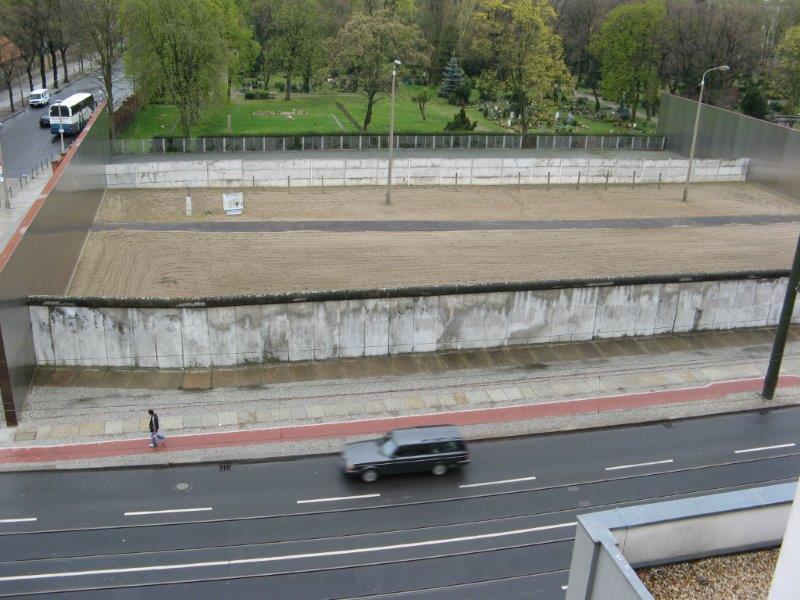
No trip to Berlin is complete with visiting at least one site devoted to the infamous Berlin wall. This particular place is fraught with history as it literally stands on the border of east and west Berlin. The construction of the wall started on the 13th August and caused dramatic changes to the people who would live on either side. Camera crews captured desperate people jumping from apartment buildings to reach the western side. Many of them paid with their lives.
Alexander Platz
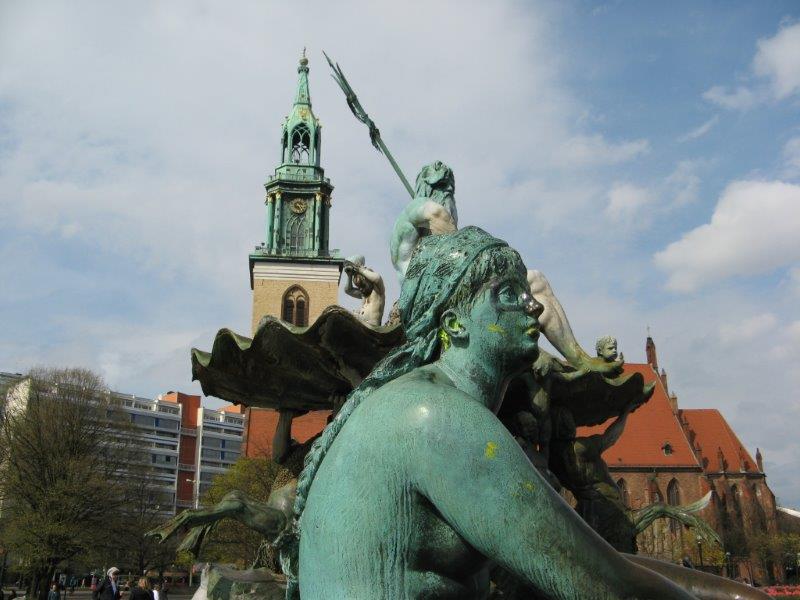
Once the hub center and capital of the former East Germany, Alexanderplatz is making a comeback as one of the most important and popular squares in the now unified city of Berlin. Once an important cattle market and formerly known as Ochsenmarkt, it was renamed in 1805 following a visit by Tzar Alexander I. The most prominent building is the T.V. Tower. Known as the Tele-spargel (tooth pick) it was built in 1969 and with a height of 365 meters it was one of the tallest building in Europe, representing a major achievement for the socialist government.
The Victory Column
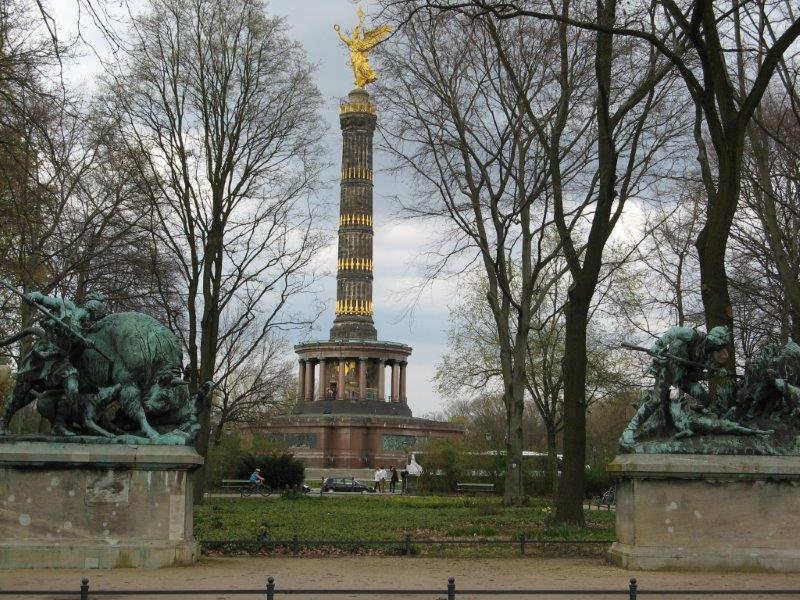
.Built to commemorate victory in the Danish-Prussian war in 1864 the statue would take on further prominence by the Prussian victory in 1866 over Austria. In 1870-71 it added victory over France to its list of credentials. This prompted the addition of a bronze statue measuring 8.5 meters and weighing 35 tonnes to be added to the column. The statue is called Victoria and represents the mythological goddess of victory. It is known locally as Golden Lizzy. The column caused some controversy in 2008 during President Barak Obama’s visit to the city as he used it as a backdrop for his speech. Despite the victories it represents it is still considered in some circles as a Nazi symbol.
Soviet War Memorial
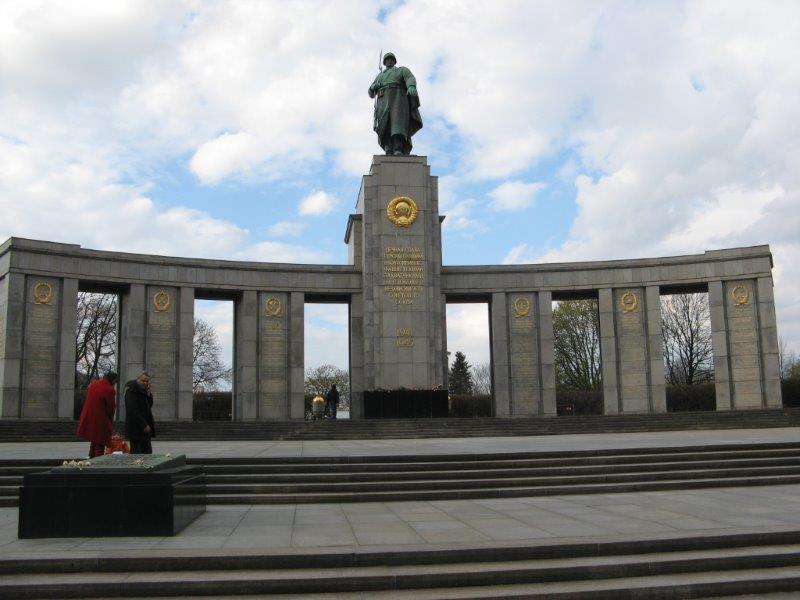
Another colossal monument close by is the Soviet War Memorial. It was erected by the Soviet Union to commemorate its war dead, especially the many thousands of Soviet armed forces who died during the battle of Berlin in April-May 1945. The memorial stood in the British sector of Berlin but was built with the consent of all the allied forces. During the cold war the memorial was guarded by Soviet soldiers from the Soviet section of the city. The inscription written in Russian under the soldier reads “Eternal glory to heroes who fell in battle with the German fascist invaders for the freedom and independence of the Soviet Union”. The position of the soldiers arm pointing downwards represents the Red Army bringing down the German Nationalistic Socialist State. Like many memorials dedicated to war there is a tomb to represent ”the unknown soldier”
The Reichstag
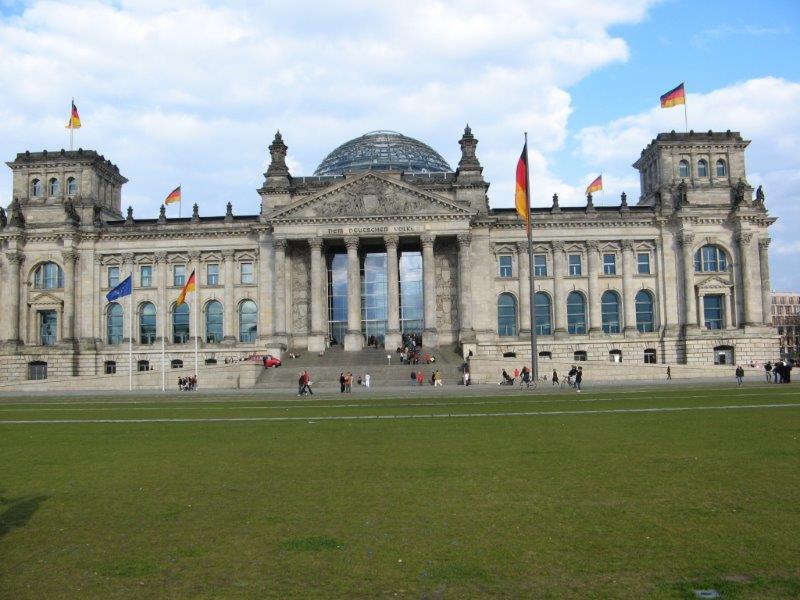
Opened in 1894 it was active until the Nazi regime took control in 1933. It was supposedly severely damaged by a fire started by the Dutch communist, Marinus van der Lubbe. At the end of the second world war the Reichstag fell into further disuse as the GDR convened at the Palace of the Republic and the FDR had by then moved its capital to Bonn. It was partly refurbished in the 1960’s, but it would not be till the reunification of Germany in the 1990’s that the building would undergo complete reconstruction. It was completed in 1999 and since then it has become the seat of the reunified German parliament. Btw there are some really good gift shops around here.
Berlin Cathedral
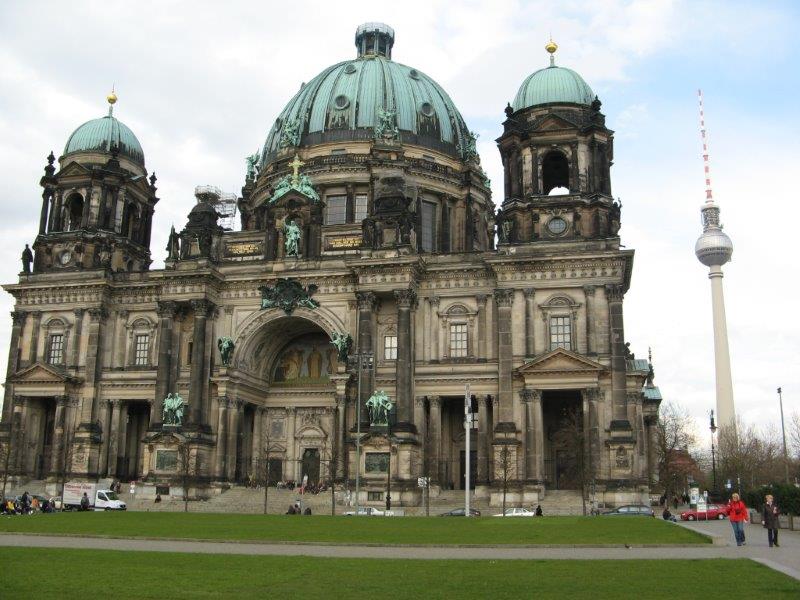
This is probably one of the most impressive looking buildings in Berlin. It also has the distinction of being the largest church in Berlin. The church is evangelical by denomination and is situated not far from Alexanderplatz on Museum Island in the Mitte district of Berlin. The cathedral can dates its history back to 1465 and over the centuries it would be transformed several times. Like most buildings in Berlin it sustained damage during the second world war.If you have the inclination you can climb the 270 steps to the top where you will be rewarded with a great view of Berlin.
The Gedächtniskirche
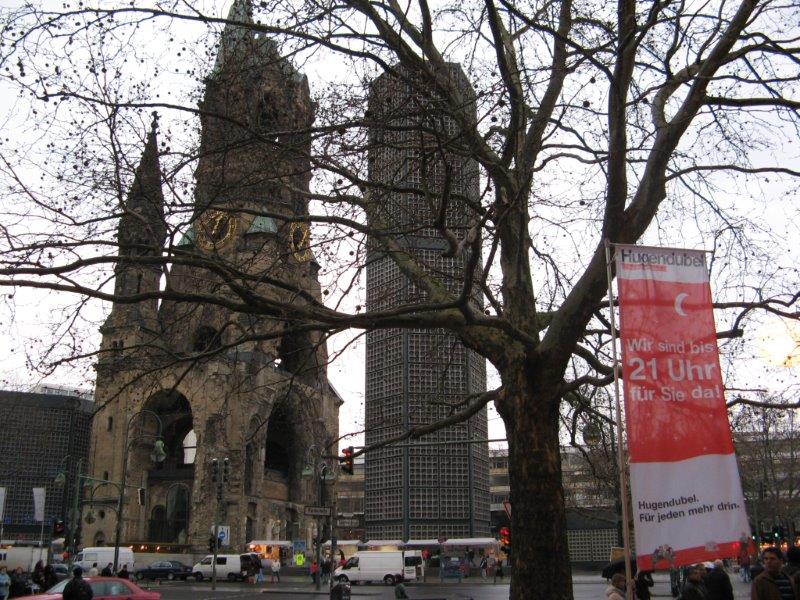
The Gedächtniskirche or the King Wilhelm Memorial Church is one of Berlin’s most well known icons. The church with its 113 meter spire is situated in West Berlin on Breitscheidplatz, on one of Berlin’s most well known thoroughfares; the Kurfürstendamm. On November 23, 1941 during the second World War the church was bombed, leaving only the entrance hall and part of the spire intact. The future of the destroyed church remained in limbo for several years until it was decided to leave it as it was to emphasize the futiliy of war.
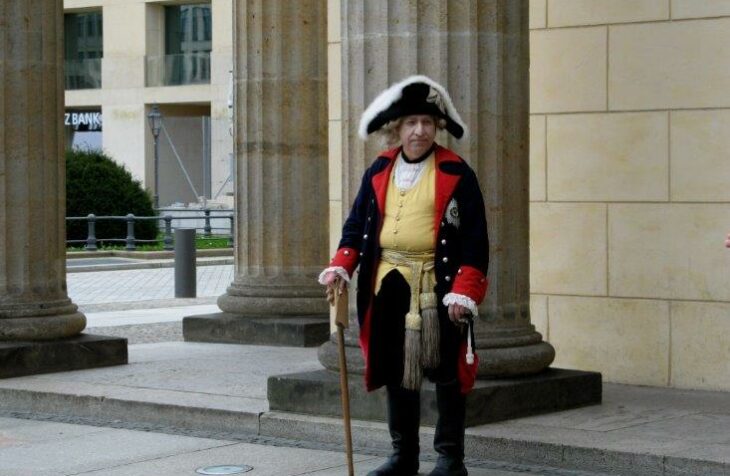
 Tiny Teddy
Tiny Teddy